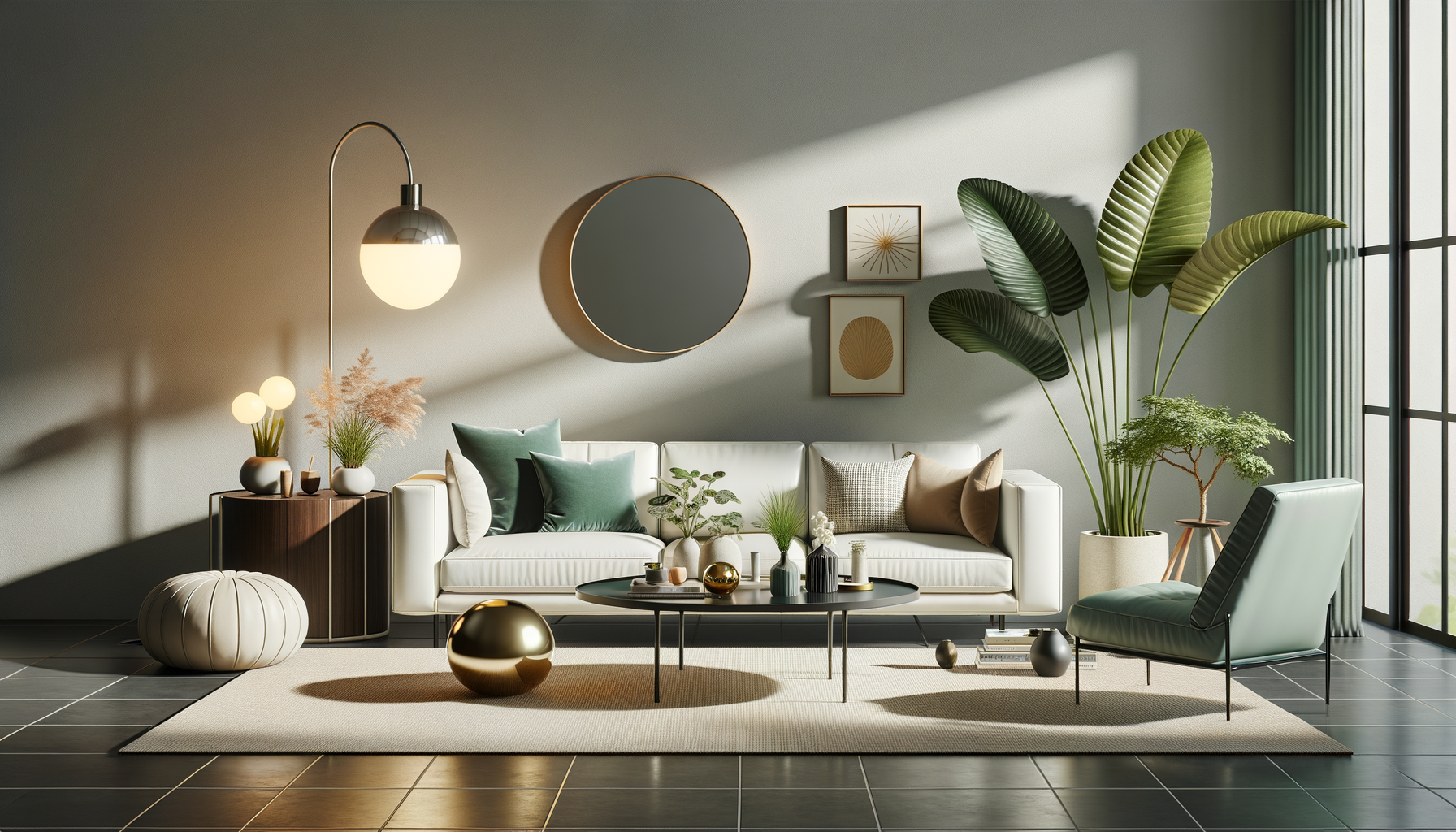
Invalid table data
I’ve been wanting to make some little changes in my life for a while now. I started by rearranging furniture, hanging different curtains, and trying to create a more tranquil vibe in my home. Thanks to my interest in K-dramas and K-pop, I’ve always been drawn to Korean design. Their use of neutral colors and streamlined furniture felt like exactly the right thing for my space. And you know what? It turned out to be more than just a style choice—it was a mini cultural adventure.
Seeking the Calm: Why I Chose Korean Aesthetics
Korean decor, with its focus on minimalism and subtle elegance, gave me a chance to slow down in this busy world. The rooms feel open and uncluttered, making it easier to breathe after a hectic day. Plus, I got to learn a few Korean words along the way, and that was super fun!
Bringing Korean Minimalism to My Bedroom
I began with my bedroom because that’s my personal sanctuary.
Low Bed Setup
When I found out about 침대 (chimdae), or bed, in Korean, I noticed they often sit closer to the floor. This simple design made my room look cozy and open. It’s like the room itself took a big, relaxing sigh.
Reworking the Closet
My old closet felt bulky. Then I stumbled upon 옷장 (otjang), which are sleek, sliding-door wardrobes that save space. Now I have more room to walk around, and I love feeling <ins>less cramped</ins>.
Soft Touches
I threw in some 보자기 (bojagi) pieces—those are decorative wraps made from traditional Korean fabrics. They’re colorful and understated at the same time, adding <ins>a subtle charm</ins> to my bedroom corners.
Welcoming Friends in a Korean-Inspired Living Room
The living room is where I chat with friends and watch all my favorite K-dramas. So I wanted it to be extra welcoming.
소파 (sopa): Low-lying couches that look modern and feel super comfortable. Mine is a bit on the firm side, but I actually like how supportive it is.
조명 (jomyeong): Lighting can really set the mood. I opted for paper lamps that shine a warm, dim glow. I swear, I could almost fall asleep there.
I also experimented with placing small plants around, like bonsai or bamboo. It seemed to breathe life into the space without making it feel cluttered.
A Taste of Korea in the Kitchen
Cooking is another way I connected with Korean culture. Let’s be real, it’s not just about décor but also about flavors and communal moments.
식탁 (siktak): This is the Korean word for dining table. Typically lower and wider, it took a moment for my family to adjust, but now we’re used to sitting in a more relaxed position.
김치 (kimchi): The classic fermented cabbage side dish. Making it was kind of messy at first, but the taste is definitely worth it.
다기 (dagi): A Korean tea set that feels so refined. Drinking tea from a pretty set genuinely tastes better—or at least that’s what I like to tell myself!
Learning Korean Words at Home
You don’t have to become fluent overnight, but sprinkling in a few Korean terms here and there can be mighty cool:
침대 (chimdae) – bed
옷장 (otjang) – wardrobe
소파 (sopa) – couch
조명 (jomyeong) – lighting
식탁 (siktak) – dining table
Try using them in everyday chatter. For example, “Let's eat at the siktak tonight” or “Hey, can you turn on the jomyeong?” It’s a fun way to practice, and it involves everyone around you.
My Top 3 Tips (From a Total Beginner)
Don’t sweat your pronunciation too much at first.
Write the words down on sticky notes and label your furniture.
Celebrate <ins>every tiny progress</ins>—it’s more motivating than being too perfectionist.
Little Details, Big Differences
I added a few more bold touches to keep things interesting:
Natural Materials: A bamboo coffee table or ceramic vases can warm up a room.
Pops of Color: Korean design is often muted, but a bright cushion or a stylish piece of art can give some personality.
Cultural Elements: Incorporating dainty fans or paper lanterns immediately sets a calm yet distinctive tone.
Conclusion: A World of Inspiration Inside My Home
Honestly, this Korean design journey made my house feel fresh, while also teaching me a new perspective. I love how mistakes can be magical—like when I tried to hang a wall scroll and realized I’d placed it upside down, it only made me laugh and appreciate the process even more. If you’re curious about exploring different cultures right where you live, give Korean minimalism a shot. It’s amazing how changing small things—like a chimdae or a sopa—can shift the energy of a room. <ins>Isn’t that awesome?</ins>
So, if you feel inspired, go for it. Rearrange your space. Toss in a few Korean words during family dinnertime. Embrace any quirky hiccups along the way. In the end, it’s not just about how your home looks; it’s about how it makes you feel—light, connected, and ready to learn something new every single day. Happy decorating!